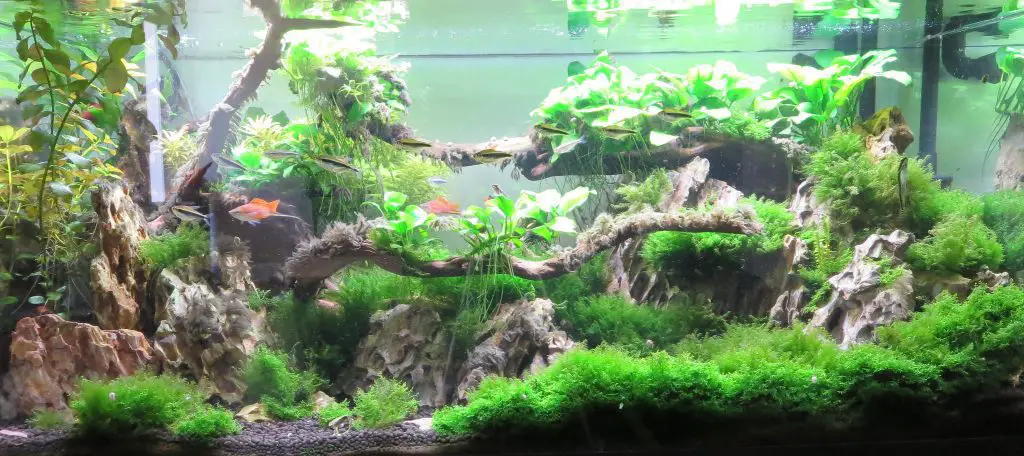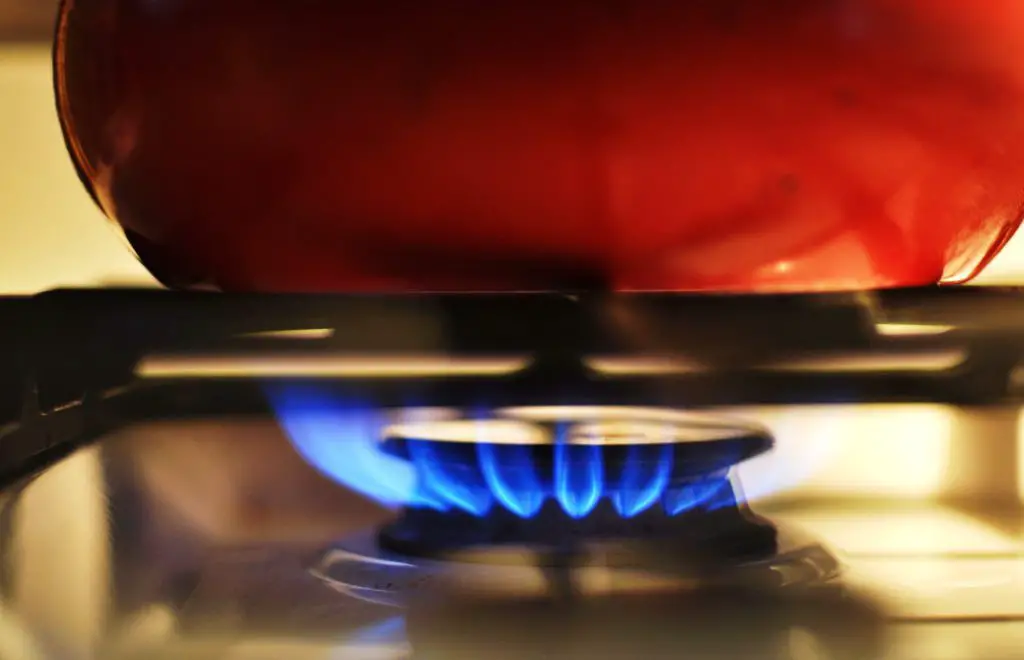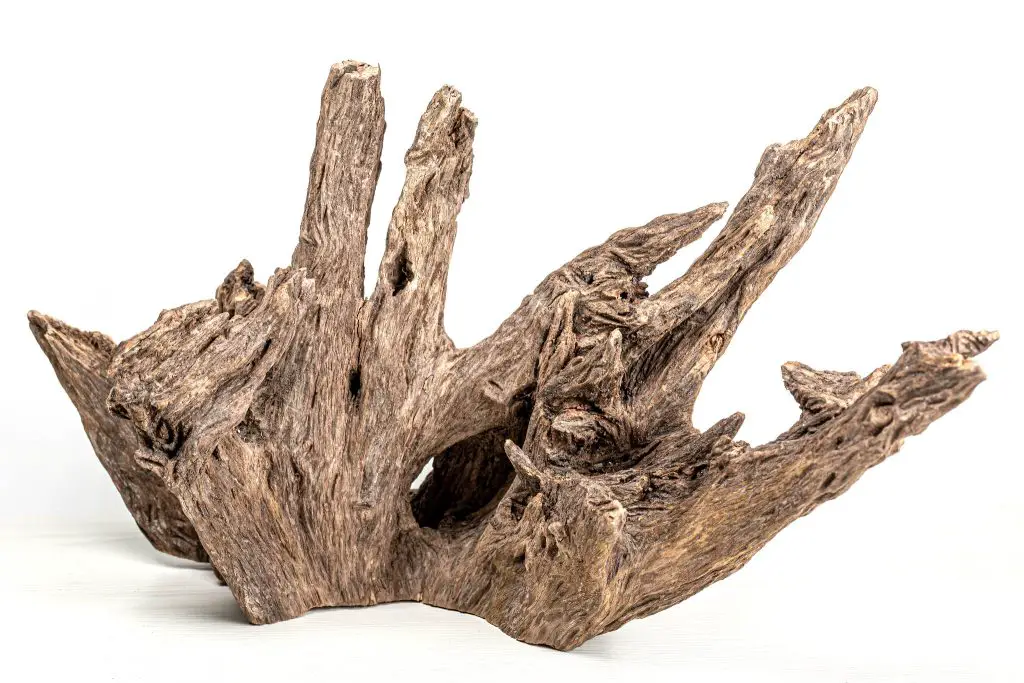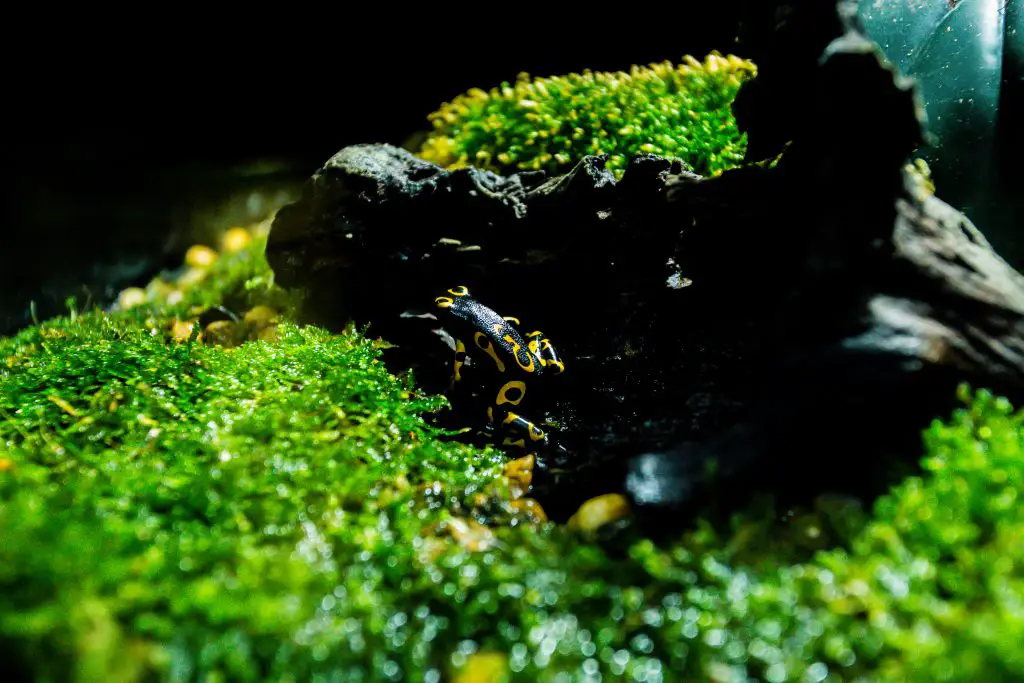When it comes to aquariums, driftwood is a popular choice for decorations. Not only does it look great, but it also provides a place for fish to hide and play.
However, if you don’t take the time to remove the tannins from the wood before adding them to your tank, you will quickly find yourself dealing with an algae problem.
In this blog post, we will teach you how to remove the tannins from driftwood using one simple method: boiling!
Key Takeaway
- The length of time required to boil driftwood to remove tannins can range from 15-30 minutes for smaller pieces to several hours or even days for larger ones, with frequent water changes recommended to effectively leach out the tannins.
- Boiling driftwood before adding it to an aquarium sterilizes it by eliminating harmful bacteria, removing tannins that could discolor the water, and preparing the wood for safe use in the tank, ensuring a healthy and aesthetically pleasing aquatic environment.
- While it’s not mandatory to boil store-bought driftwood, doing so can sterilize it, remove tannins that can discolor the water, and prepare it for safe use in the aquarium, enhancing the health and aesthetics of your aquatic environment.
How Long Should You Boil Driftwood To Remove Tannins?

The boiling time for driftwood to remove tannins varies, generally ranging between 15 minutes to several hours or even days depending on the size of the piece and the extent of tannin saturation.
As a veterinarian with experience in aquatic environments, I’ve found that small pieces of driftwood usually require about 15-30 minutes of boiling time. This is often sufficient to remove a significant amount of tannins and prepare the driftwood for safe use in an aquarium.
For larger pieces, the process can be more extensive. It might take several hours or even days of boiling to effectively remove the tannins. In these cases, it’s important to frequently change the water in which the driftwood is being boiled to continually leach out the tannins.
Moreover, it’s not uncommon for some tannins to remain within the wood even after boiling. These residual tannins may continue to leach out into the aquarium water over time, causing a slight discoloration but are generally not harmful to the fish.
In my experience, using activated carbon in your aquarium filter can help absorb these remaining tannins from the water, keeping it clean and healthy for your aquatic pets.
Remember, the goal is to make the driftwood safe for your aquarium inhabitants, so patience and careful observation throughout this process are key.
Benefits of Boiling Driftwood Before Adding To Aquarium
Boiling driftwood before adding it to an aquarium offers significant benefits, including sterilization, tannin removal, and preparation for safe use in the tank.
Sterilizes the Driftwood
As a veterinarian, I can attest that sterilizing driftwood is crucial for maintaining a healthy aquatic environment. Regardless of whether driftwood is collected from nature or purchased from a store, it may harbor harmful bacteria or organisms that could pose a threat to your aquarium life. Boiling effectively kills these potential threats, ensuring the safety of your fish and other aquatic creatures.
Removes Tannins
Another significant benefit of boiling driftwood is the removal of tannins. These are naturally occurring compounds found in wood which, when leached into the water, can give it a tea-like discoloration. While not generally harmful, this can be aesthetically undesirable. Boiling helps to leach out these tannins, thus reducing the likelihood of discoloration in your aquarium water.
Prepares Driftwood for Safe Use in Aquarium
From my experience, boiling driftwood also readies it for safe use in the aquarium. The process helps to waterlog the wood, allowing it to sink in the tank rather than float. This is particularly beneficial for aquascaping purposes, as it allows you to position the driftwood according to your design without worrying about it floating away.
Should I Boil Store-bought Driftwood?

Boiling store-bought driftwood is generally recommended as it helps to remove potential contaminants, kill any lingering organisms, and leach out tannins that can discolor your aquarium water.
As a veterinarian and an aquarist, I’ve always advised boiling store-bought driftwood before introducing it to the aquarium.
Even though it’s purchased from a store, the driftwood could still harbor unwanted organisms, dust, or other contaminants. Boiling the driftwood effectively eliminates these potential issues and ensures the safety of your aquatic pets.
The process of boiling also helps to leach out tannins from the wood. Tannins are natural compounds found in driftwood that can discolor your water, giving it a tea-like appearance.
While not generally harmful, this discoloration can be undesirable for aesthetic reasons. Boiling the driftwood helps to remove these tannins and keep your aquarium water clear.
In addition, boiling driftwood can make it waterlogged faster, helping it to sink in the aquarium rather than float. This can be particularly useful for aquascaping purposes.
In my experience, taking the time to properly prepare your driftwood through boiling can significantly enhance the health and beauty of your aquarium. It’s a small step that can make a big difference in your aquarium maintenance routine says Live Aquaria.
How Do You Sterilize Driftwood?

Sterilizing driftwood involves several methods such as soaking in a bleach solution, boiling, baking, or using vinegar, each of which eliminates potential harmful organisms and tannins.
Soaking in a Bleach Solution
One common method to sterilize driftwood is by soaking it in a bleach solution. This process usually involves using approximately 1-2 cups of bleach per gallon of water and immersing the driftwood for 12-24 hours.
As a veterinarian, I’ve found this method effective in killing off any potentially harmful organisms. However, it’s crucial to thoroughly rinse the driftwood and let it dry completely before introducing it into an aquarium to ensure no residual bleach remains.
Boiling
Boiling is another widely used method for sterilizing driftwood. It not only helps in removing tannins that can discolor the water but also kills any lingering organisms. In my experience, the boiling time can range from 15 minutes to several hours depending on the size of the driftwood piece.
Baking
Baking the driftwood is another technique for sterilization. The procedure typically involves soaking the wood, baking it at 250*F until dry. The heat effectively sterilizes the wood, and the steam produced helps remove tannins. As a vet, I would advise careful monitoring during this process to prevent any accidental fires.
Using Vinegar
A vinegar solution can also be employed to clean and sterilize driftwood. Placing the driftwood in a vinegar solution for a couple of hours followed by boiling can effectively eliminate microbes and tannins. However, similar to bleach, it’s important to thoroughly rinse and dry the driftwood after this process to remove any vinegar traces says PetHelpful.
What Is The Fastest Way To Remove Tannins From Driftwood?

Driftwood is a beautiful addition to any home, but it can sometimes release tannins into the water. Tannins are responsible for that yellowish-brown hue in your aquarium and can be harmful to your fish.
So, what is the fastest way to remove tannins from driftwood?
1. Soak the driftwood in vinegar
If you’ve ever attempted to incorporate driftwood into your aquarium décor, you know that it can be quite a challenge. Driftwood is notorious for leaching tannins into the water, which can yellow the water and lower pH levels.
One of the quickest and most effective ways is to soak your driftwood in vinegar. Vinegar is an acidic substance that will help to break down the tannins. To soak driftwood in vinegar, simply place the wood in a bucket or container filled with vinegar.
Make sure that the wood is completely submerged. Allow the wood to soak for 24-48 hours, then remove it from the vinegar and rinse it thoroughly with clean water. Once your driftwood has been rinsed, it’s ready to be used in your aquarium.
2. Boil the driftwood
If you’re looking for a way to remove tannins from your water, boiling driftwood is a great option. This method will not only remove tannins but also any other impurities that may be present in the water.
Boiling driftwood is a simple process that anyone can do, and it’s an effective way to make sure your water is clean and safe to drink. Here’s how to do it:
First, gather some driftwood from your local area. Make sure the wood is dry before you start boiling it, as wet wood will release more tannins into the water.
Once you have your driftwood, put it in a pot of water and bring it to a boil. Let the wood boil for at least 30 minutes, or longer if you want to be sure all the tannins are removed. After boiling the wood, remove it from the pot and discard it. Your water should now be safe to drink.
So there you have it! Two simple methods for removing tannins from driftwood. Try one of these methods the next time you need to clean up your aquarium. Your fish will thank you!
FAQs
Q: Can I boil driftwood for too long?
A: Boiling driftwood for an extended period of time can cause the wood to become overly soft and fragile. It is generally not necessary to boil it for more than a few hours to remove tannins. If you notice the wood becoming too soft, it’s time to stop boiling.
Q: Can I use other methods to remove tannins from driftwood?
A: Yes, there are other methods to remove tannins from driftwood. Soaking the wood in warm water for several days or using activated carbon in your aquarium filter can also help to reduce tannins.
Q: Is it safe to boil driftwood?
A: Yes, it is generally safe to boil driftwood. However, it is important to use caution and avoid inhaling any steam or fumes that may be released during the boiling process. It is also recommended to use a designated pot or container for boiling driftwood to prevent contamination.
Q: Can I use driftwood immediately after boiling?
A: After boiling, it is recommended to thoroughly rinse the driftwood with tap water to remove any residues. Additionally, soaking the wood in clean water for a few days can help to ensure that it is fully saturated and ready for use in your aquarium.
Q: Will boiling driftwood kill any beneficial bacteria?
A: Boiling driftwood can potentially kill some beneficial bacteria that may be present on the wood. However, if you have a well-established aquarium with a healthy bacteria colony, the impact of boiling the driftwood should be minimal. It is always a good idea to monitor your water parameters and observe any changes after adding the driftwood.
Q: Can I reuse the water used for boiling driftwood?
A: It is not recommended to reuse the water used for boiling driftwood, as it may contain released tannins and other contaminants. It is best to discard the water and use fresh, clean water when rinsing the driftwood.
Q: How often do I need to boil driftwood to remove tannins?
A: The frequency of boiling driftwood to remove tannins will depend on the wood and the specific aquarium conditions. In some cases, a single boiling session may be sufficient. However, if you notice the tannins returning or water discoloration, it may be necessary to repeat the process every few months or as needed.
Q: Can I use driftwood without removing the tannins?
A: Some aquarium hobbyists prefer to keep the natural look of driftwood with tannins in the water. However, it is important to note that tannins can lower the pH of the water and may affect certain species of fish and plants. It is recommended to monitor the water parameters and the well-being of your aquarium inhabitants if you choose to use driftwood with tannins.
Conclusion and final thoughts
In conclusion, the length of time it takes to boil driftwood and remove tannins depends on a variety of factors such as the type and size of the wood, water temperature, and desired level of tannin removal.
It is important to carefully monitor the boiling process and make adjustments as needed in order to achieve optimal results.

